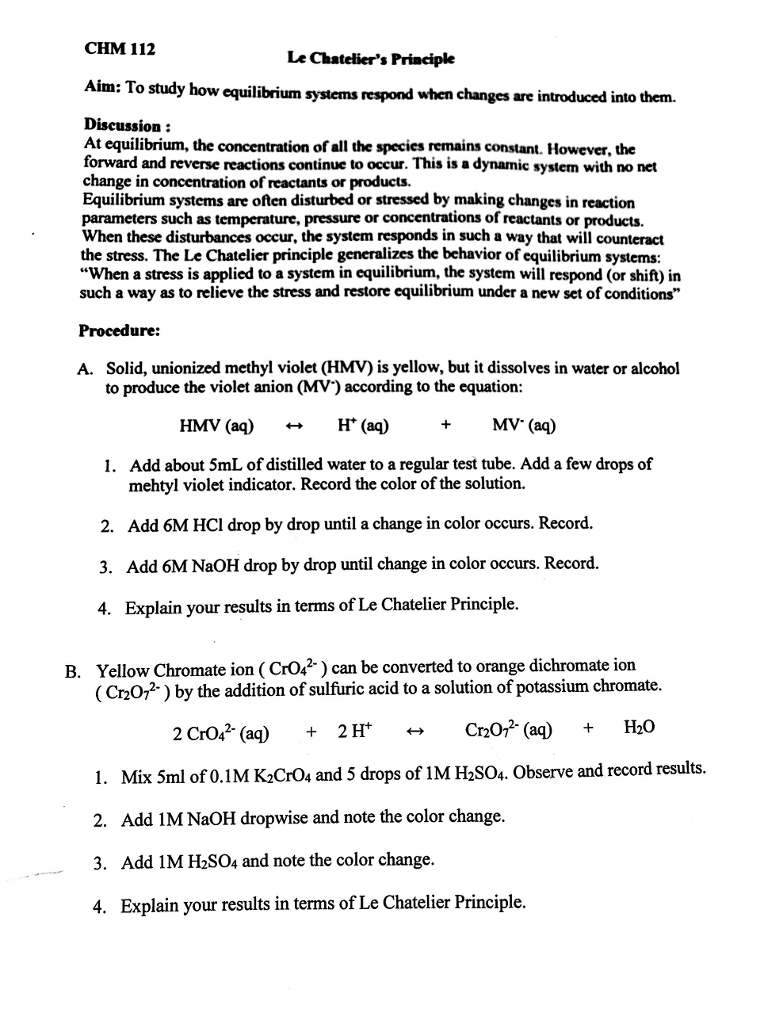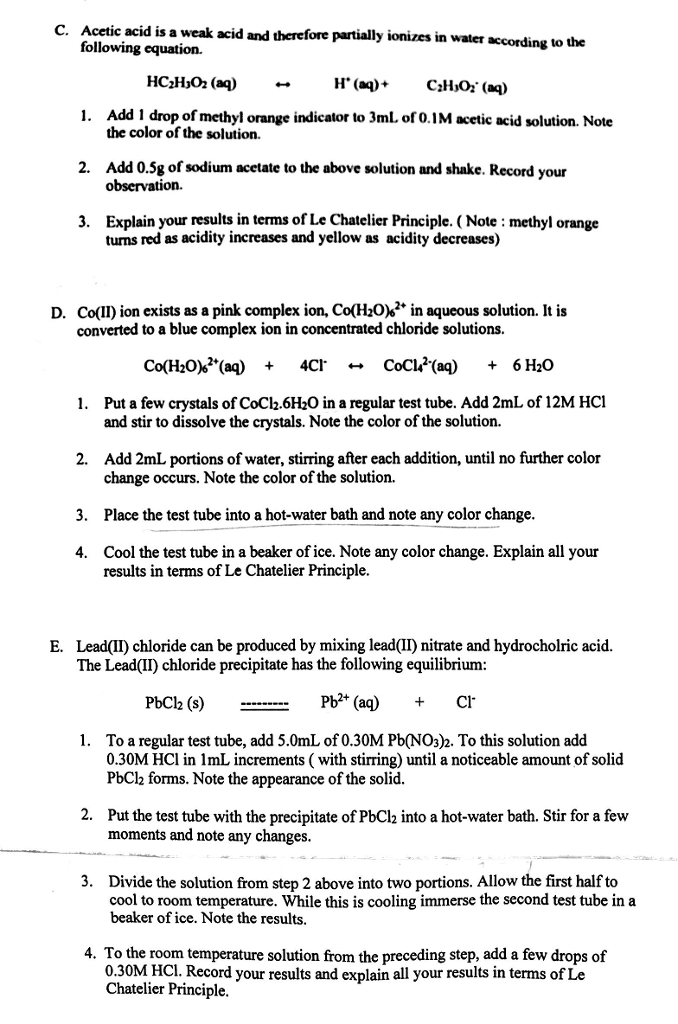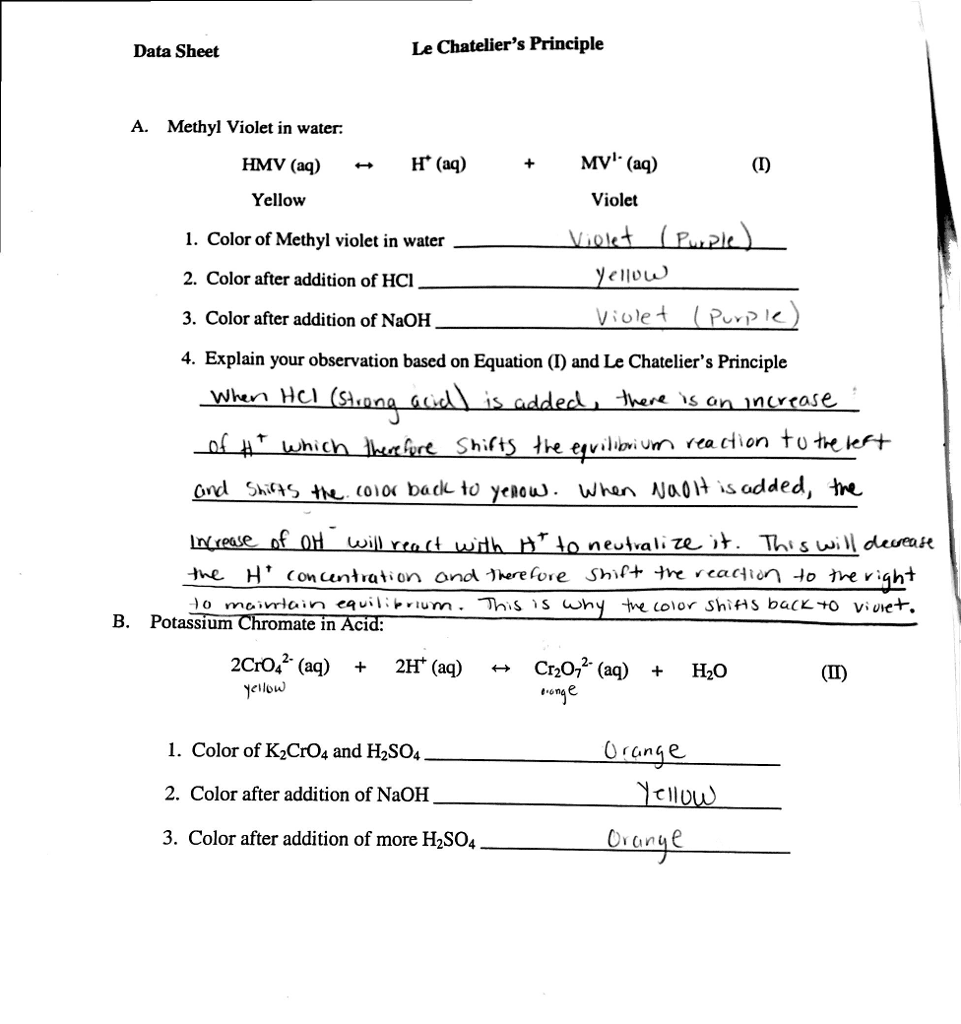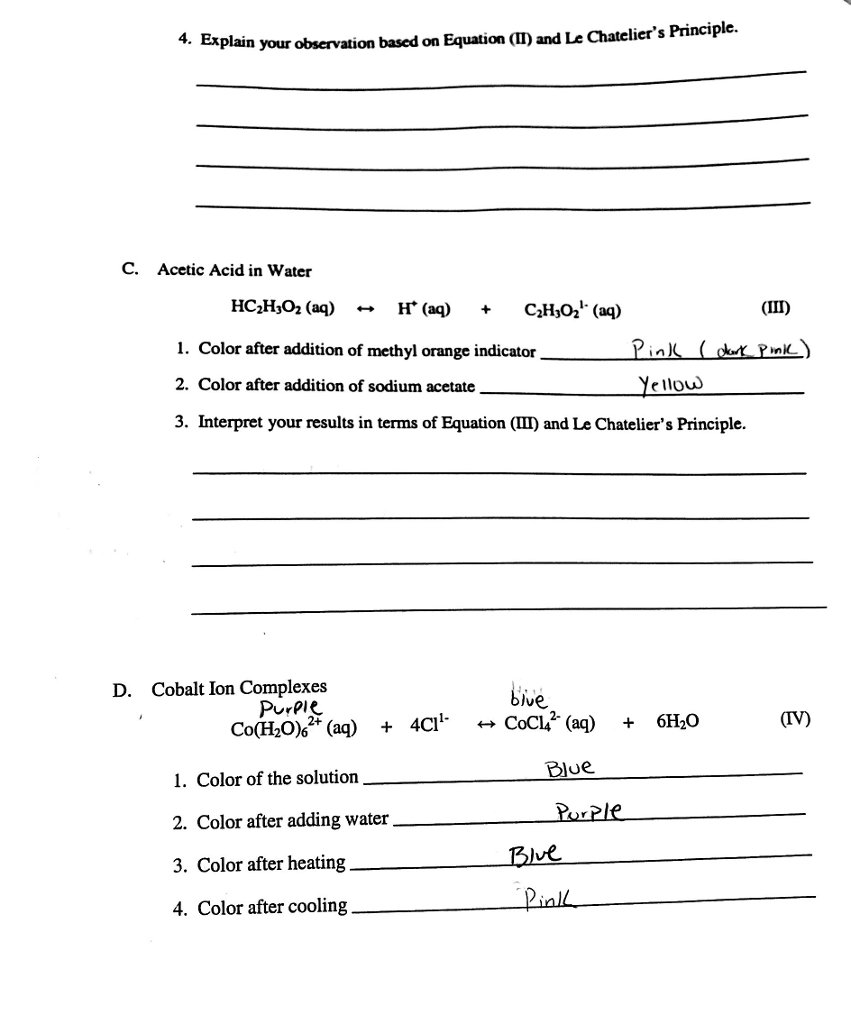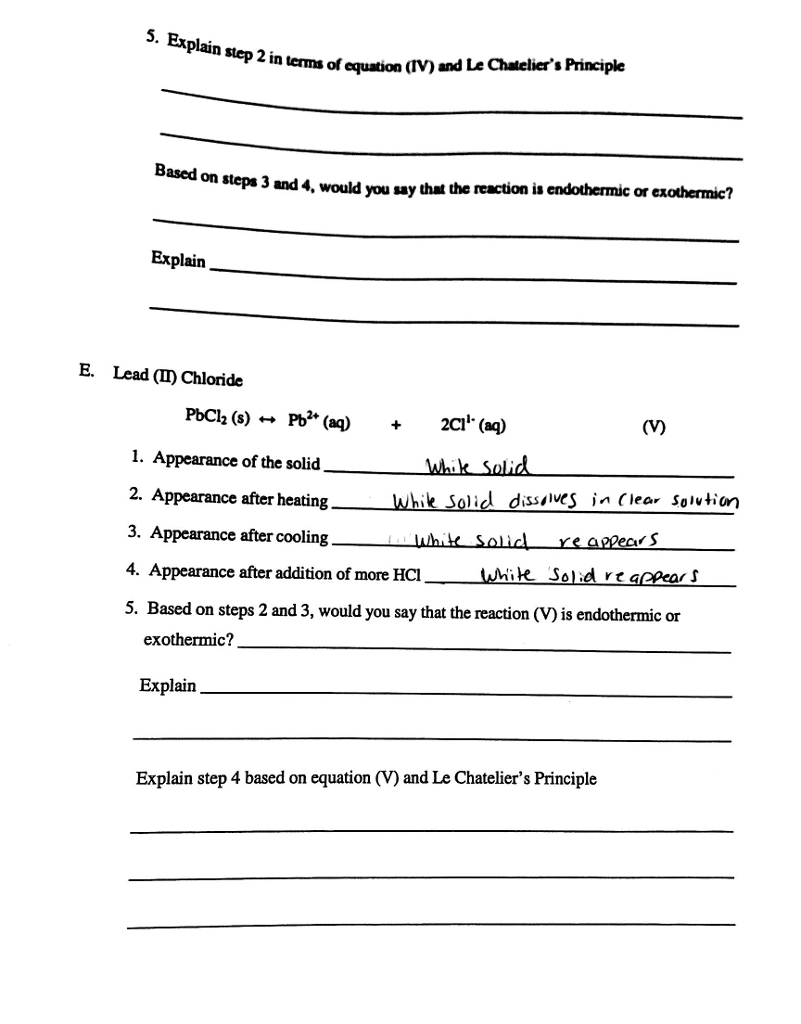1 Part A.
Consider the following equilibrium between oxygenated heme (HbO2) in blood and heme complexed with carbon monoxide (HbCO). As dissolved carbon monoxide levels in a patients blood increase, what happens to the levels of each of the three other substances? (do they increase, decrease, or remain unchanged?)
HbO2 (aq) + CO (aq) ? HbCO (aq) + O2 (aq)
(a) HbCO (aq) (b) O2 (aq) (c) HbO2 (aq)
Part B
Consider the following system at equilibrium. At 25?C the equilibrium constant (Keq) is 10.5 M-1. Le Chatelierâs principle states the equilibrium constant will not change if you add more material, but the mass in solution will shift to products or reactants to relieve the disturbance and produce new equilibrium concentrations
A (aq) + B (aq) ? AB (aq)
1. Write the forward and reverse equilibrium expressions for this following reaction.
2. If you add A to the system, would equilibrium shift (more mass moving towards) products or reactants?
2 . Consider the following equilibrium system. Predict whether equilibrium would shift towards reactants or products if each of the following were added to the system.
CaCO3 (s) + CO2 (g) + H2O (l) ? Ca2+ (aq) + 2 HCO3- (aq)
(a) A catalyst (b) CaCO3 (s) (c) CaCl2 (aq) (d) CO2 (g)
1 Part A.
Consider the following equilibrium between oxygenated heme (HbO2) in blood and heme complexed with carbon monoxide (HbCO). As dissolved carbon monoxide levels in a patients blood increase, what happens to the levels of each of the three other substances? (do they increase, decrease, or remain unchanged?)
HbO2 (aq) + CO (aq) ? HbCO (aq) + O2 (aq)
(a) HbCO (aq) (b) O2 (aq) (c) HbO2 (aq)
Part B
Consider the following system at equilibrium. At 25?C the equilibrium constant (Keq) is 10.5 M-1. Le Chatelierâs principle states the equilibrium constant will not change if you add more material, but the mass in solution will shift to products or reactants to relieve the disturbance and produce new equilibrium concentrations
A (aq) + B (aq) ? AB (aq)
1. Write the forward and reverse equilibrium expressions for this following reaction.
2. If you add A to the system, would equilibrium shift (more mass moving towards) products or reactants?
2 . Consider the following equilibrium system. Predict whether equilibrium would shift towards reactants or products if each of the following were added to the system.
CaCO3 (s) + CO2 (g) + H2O (l) ? Ca2+ (aq) + 2 HCO3- (aq)
(a) A catalyst (b) CaCO3 (s) (c) CaCl2 (aq) (d) CO2 (g)



